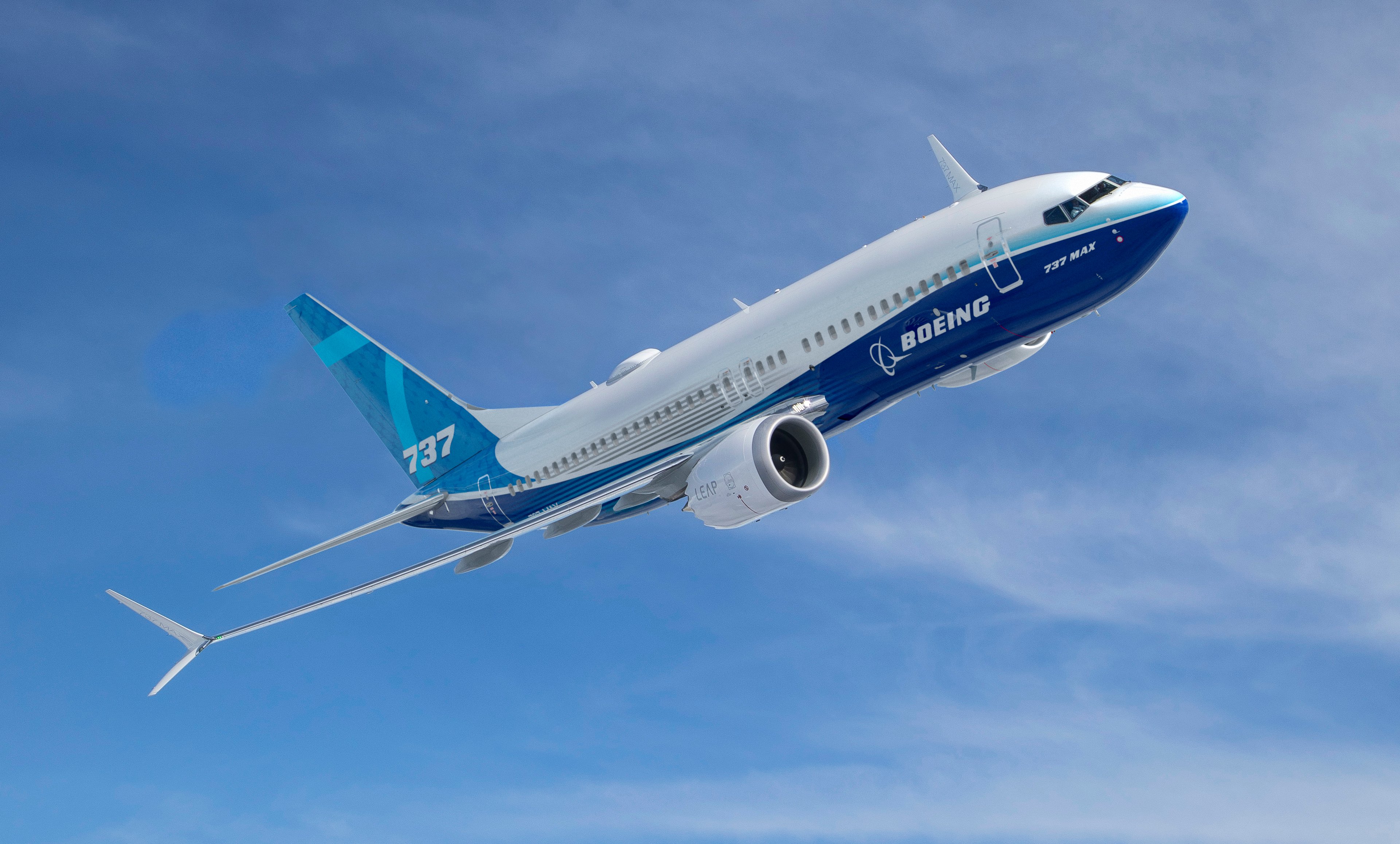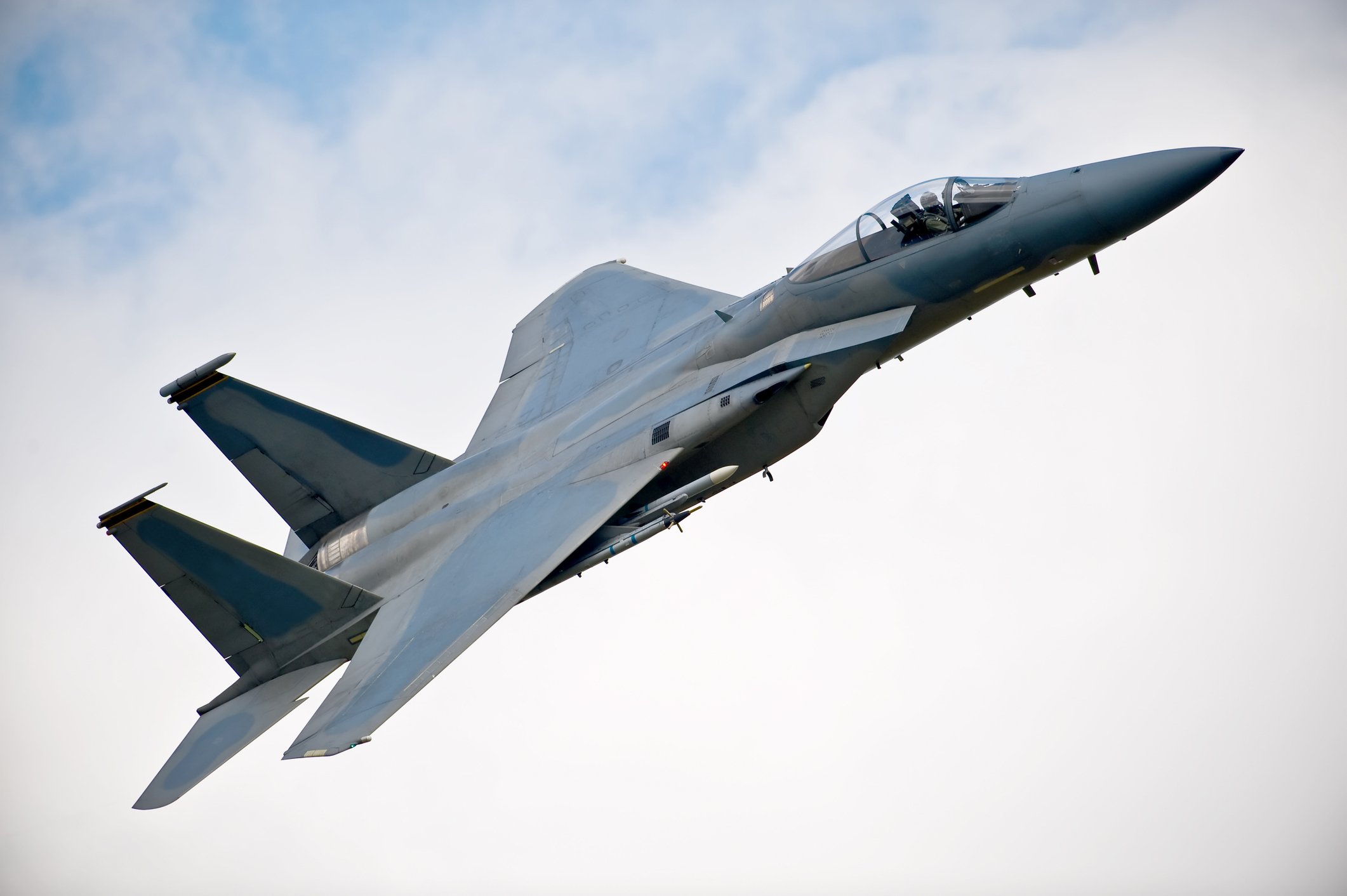Asia's in an uproar over China's declaration of an Air Defense Identification Zone, or ADIZ -- one that encompasses 1 million square miles of the East China Sea. Japan, Korea, and even the U.S. have all sent planes to overfly the new ADIZ. In Japan, they're talking about beefing up their air force, establishing a new marine corps -- maybe even building their first aircraft carrier since WWII.
China's said to be incensed by Japan's move, and considering the countries' history together, you can imagine why...

Imperial Japanese Navy cruiser Izumo, at port in occupied Shanghai, 1937. Source: Wikimedia Commons
But in fact, Japan may already have an aircraft carrier. In fact... they may already have two.

Japan Maritime Self-Defense Force helicopter destroyer JS Hyuga (DDH 181). Source: Wikimedia Commons
Over the past four years, Japan has commissioned two new ships that, by some definitions, fit the definition of "aircraft carrier." The JS Hyuga and JS Ise weigh in at 14,000 tons displacement each, and are twice as big as the Haruna-class ships they replaced. Japan calls the new vessels "helicopter destroyers," referring to their destroyer-scale size (about the same size as America's Zumwalt-class destroyer), and the fact that the flat-topped vessels carry an aerial force of helicopters.
But are they really "aircraft carriers?" For perspective, here's roughly how a Hyuga-class vessel looks relative to a "real" aircraft carrier such as the USS George Washington (CVN 73):

JS Hyuga steaming in formation with USS George Washington. Source: Wikimedia Commons
Small, right? But with each new iteration, Japan's helicopter destroyers are getting bigger. In August, Japan floated the new JS Izumo, the first of a planned two-ship production run that will add significant punching power to the Japanese fleet. Thirty-four percent larger than Hyuga, the Izumo and her sister ship (as yet unnamed) are due to be commissioned in March 2015 and March 2017, respectively. When they sail, they'll probably be carrying as many as 14 of United Technology's (UTX +2.84%) Sikorsky Seahawk helicopters on board.
What has China worried, though, is their potential to carry Boeing (BA +2.17%) Textron (TXT 0.59%) V-22 Osprey tiltrotor aircraft. That would transform the vessels into aircraft carriers by definition. Were Japan to modify the vessels -- for example, by adding additional heat-shielding to their flight decks -- the Izumos could conceivably be outfitted to launch and land Lockheed Martin's (LMT +1.53%) short-take-off/vertical-landing version of the F-35 stealth fighter jet, the F-35B.
Seeing the future
Whether this is actually Japan's plan for the Izumo-class ships remains unknown. But there does appear to be a trend toward the country increasing the size of its "helicopter destroyers" with each successive generation it builds. This suggests that even if Izumo isn't ultimately outfitted with F-35s, the next carrier Japan builds could be so big, that it only makes sense to put fighter jets on board.
Personally, I think that day is still a ways off -- if for no other reason, then because to date, Japan has only placed orders with Lockheed Martin to supply its Air Self-Defence Force with conventional "A"-variant F-35 fighter jets. The big clue that a "real" aircraft carrier is in the works, of course, will be when Japan places an order for F-35Bs. (To ensure you hear about that development when it happens, stay tuned to our continuing coverage of foreign military sales contracts.)

F-35B on deck. Source: Lockheed Martin









